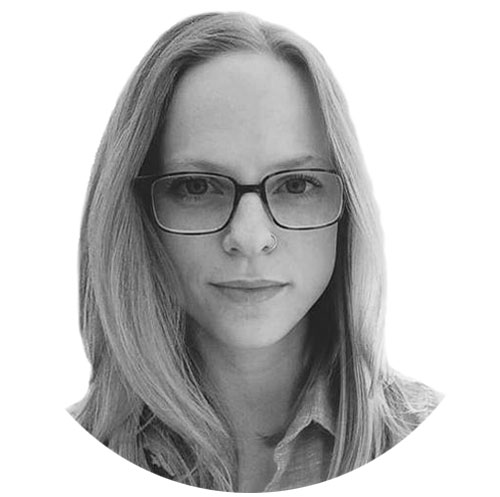Mysteries of the Universe Weekender
The New Scientist's two-day event features stargazing, talks and a tour of the UK's largest radio telescope
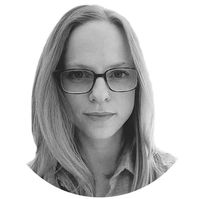
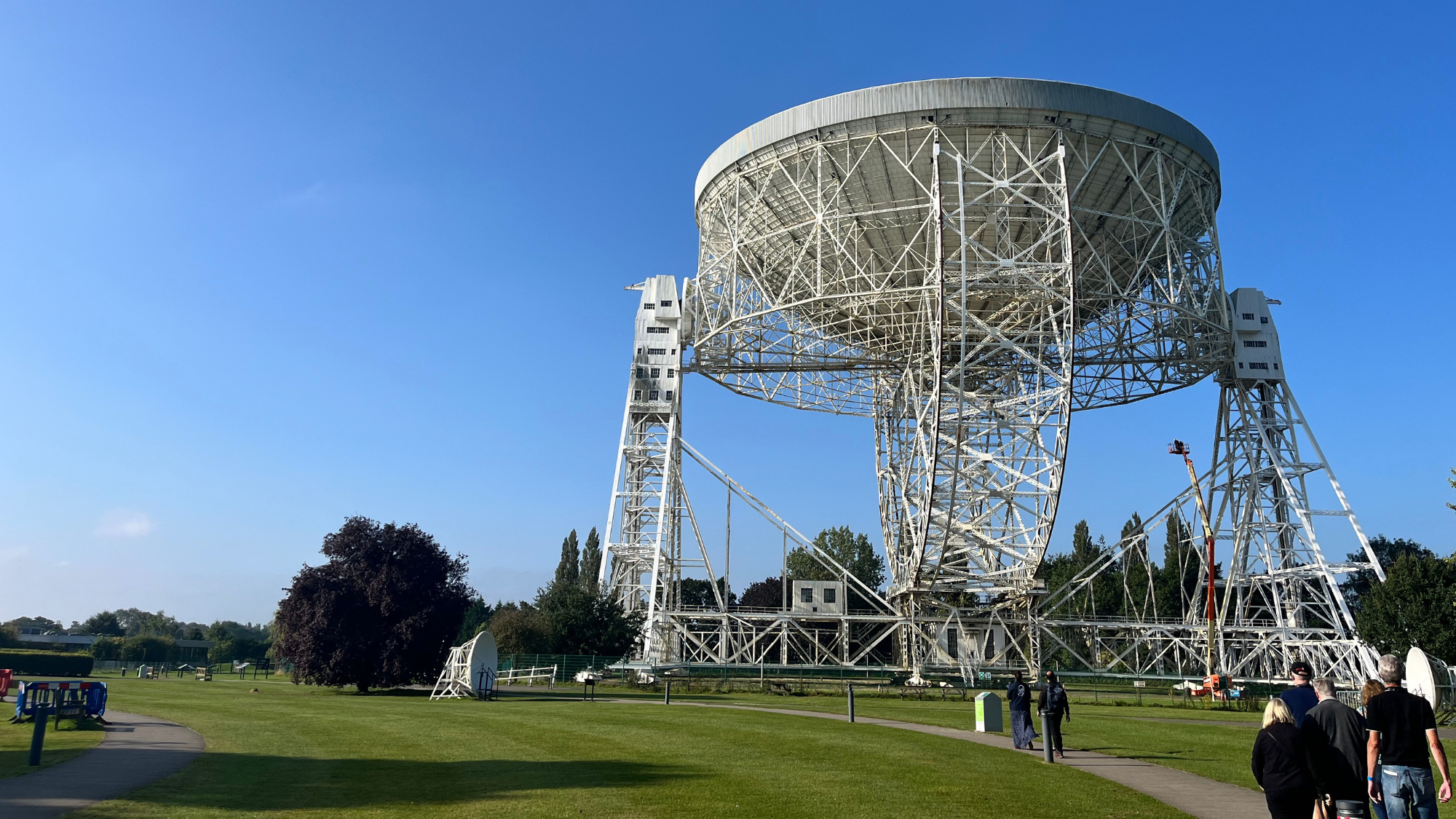
Mind-blowing. Those are the two words I'd use to describe the "Mysteries of the Universe" weekender discovery tour, hosted by New Scientist. Over two days in the Cheshire countryside, a group of space enthusiasts, myself included, were treated to fascinating talks from some of the UK's top astrophysicists, plus a guided tour around the world's third largest radio telescope. We were even lucky enough to get clear skies for stargazing. At a time when our planetary problems can seem insurmountable, this trip was a welcome reminder that the universe is vast and full of wonder beyond my imagination.
My home for the weekend was the De Vere Cranage Estate Hotel, a Grade II listed property located roughly halfway between Manchester and Stoke-on-Trent and large enough to host around 150 attendees. After checking in on Friday evening, we filed into the property's conference room to be greeted by the event's host: Stuart Clark, a renowned science communicator, a fellow of the Royal Astronomical Society, and a cosmology writer for New Scientist. Aside from being our point of contact for the weekend, Clark had the herculean task of providing us with a brief "introduction to the universe".
"Let's start with some mind-blowers," Clark said to my delight. An image – a large sphere covered in orange and blue dots, and smudges – flashed on the screen. This, Clark explained, was the cosmic microwave background – a snapshot, taken by the European Space Agency's now-defunct Planck telescope, of radiation left over from the Big Bang. It captures light emitted when the universe was just a newborn, some 13.8 billion years ago. The different colours represent temperature variations, with colder areas blue, warmer areas red. Over billions of years the colder, denser areas would go on to nurture stars, galaxies and planets, one of which would eventually be home to mankind. In other words, the blueprint for the cosmos we live in today, made up mostly of dark matter and energy that scientists haven't yet figured out how to measure, was drawn up very, very early. "That's what the universe looks like," Clark said. "Now we just have to understand what it's telling us."
The Week
Escape your echo chamber. Get the facts behind the news, plus analysis from multiple perspectives.

Sign up for The Week's Free Newsletters
From our morning news briefing to a weekly Good News Newsletter, get the best of The Week delivered directly to your inbox.
From our morning news briefing to a weekly Good News Newsletter, get the best of The Week delivered directly to your inbox.
Indeed. This quandary carried us through drinks and dinner. My randomly selected tablemates included a tech CEO, a biologist and the head of a charity foundation – a fantastic mix of characters, all science nerds with big questions about the origins of the universe. I felt right at home. The evening ended with stargazing on the hotel's front lawn, led by Clark and made all the more interesting by his deep knowledge of the night sky and all its main characters.
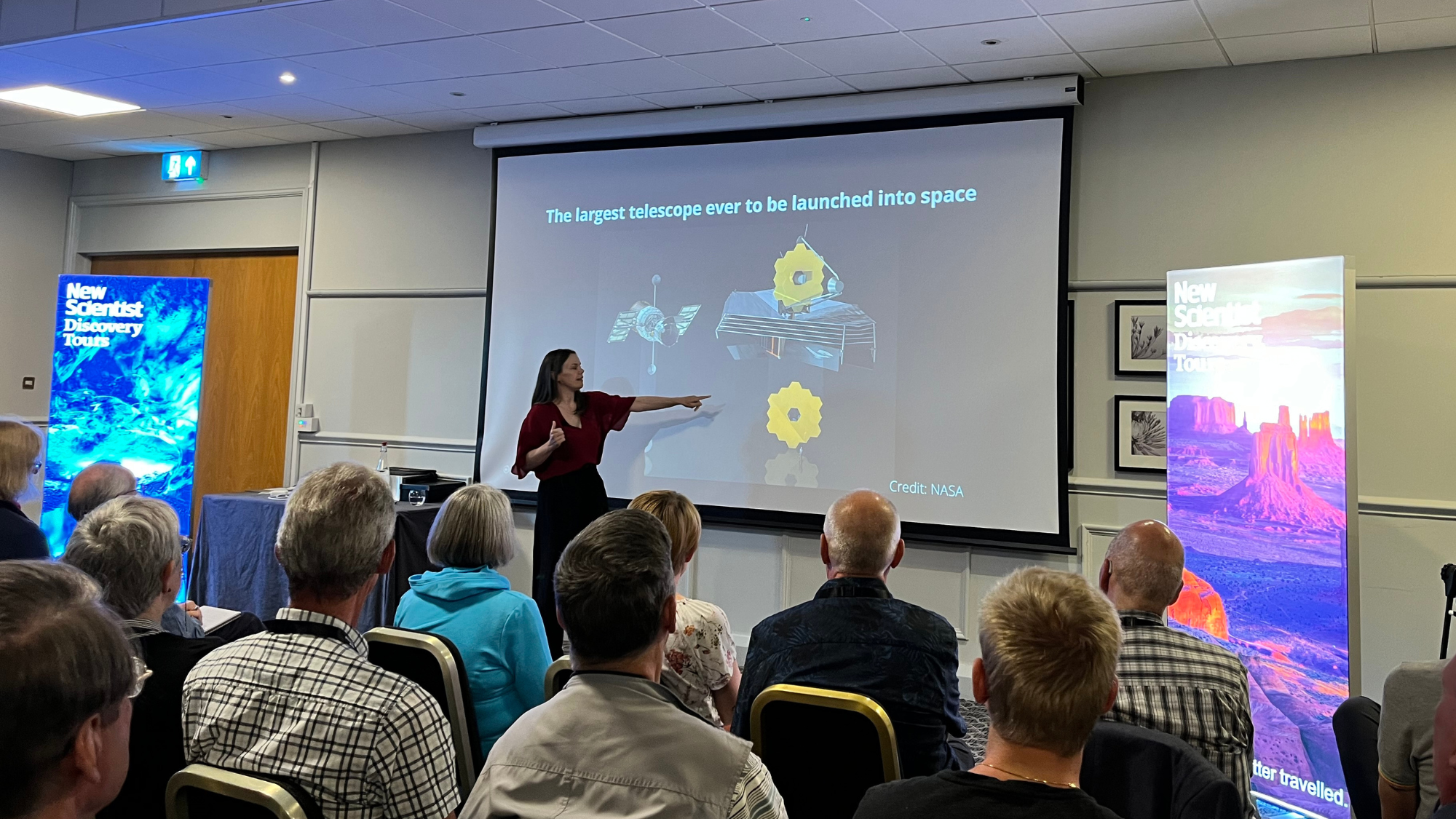
Astrophysicist Emma Curtis Lake giving a presentation during the two-day event
The next morning we boarded coaches and made the 15-minute journey to Jodrell Bank, a 35-acre UNESCO World Heritage Site and home to the Lovell Telescope, the UK's largest radio telescope – I could see the Lovell looming in the distance, before we got there, its enormous white bowl rising 90 meters above the ground. We arrived before the centre officially opened to visitors and were treated to a detailed tour of the compound, where researchers have been using radio and radar to map the unseen cosmos since the 1940s – from supermassive black holes to rotating pulsar stars. It was the highlight of the trip, an immersion in British scientific history and an outing I'll never forget.
The rest of the weekend did not disappoint with captivating talks about the hunt for Earth's twin planet and how artificial intelligence is transforming astrophysics for the better. There were seven lecturers, my personal favourite was Dr. Emma Curtis Lake, an astrophysicist at the University of Hertfordshire, who is using the James Webb Space Telescope to study how galaxies behaved in the early universe. This telescope "can see further back in time than any other," Curtis Lake said. "What the Hubble Telescope could do in hundreds of years, Webb can do in tens of years." For example, since its launch in 2021, it has found the most distant black hole in the known universe and captured images of ancient galaxies that shocked scientists with their inexplicable brightness.
Despite the advanced nature of these topics, the talks were neither too complicated nor pedestrian. I was challenged, but never felt I was in over my head, and was certainly never bored. I returned to London bursting with questions but oddly reassured. Knowing so many phenomena remain unexplained filled me with a strange sense of hope: we haven't figured it all out yet and there are still puzzles to be solved and secrets to be uncovered. How very exciting.
A free daily email with the biggest news stories of the day – and the best features from TheWeek.com
Jessica Hullinger was a guest of New Scientist Discovery Tours Mysteries of the Universe: Cheshire, England weekender, price from £859. The next one, scheduled for summer 2025, costs £999.
Jessica Hullinger is a writer and former deputy editor of The Week Digital. Originally from the American Midwest, she completed a degree in journalism at Indiana University Bloomington before relocating to New York City, where she pursued a career in media. After joining The Week as an intern in 2010, she served as the title’s audience development manager, senior editor and deputy editor, as well as a regular guest on “The Week Unwrapped” podcast. Her writing has featured in other publications including Popular Science, Fast Company, Fortune, and Self magazine, and she loves covering science and climate-related issues.
-
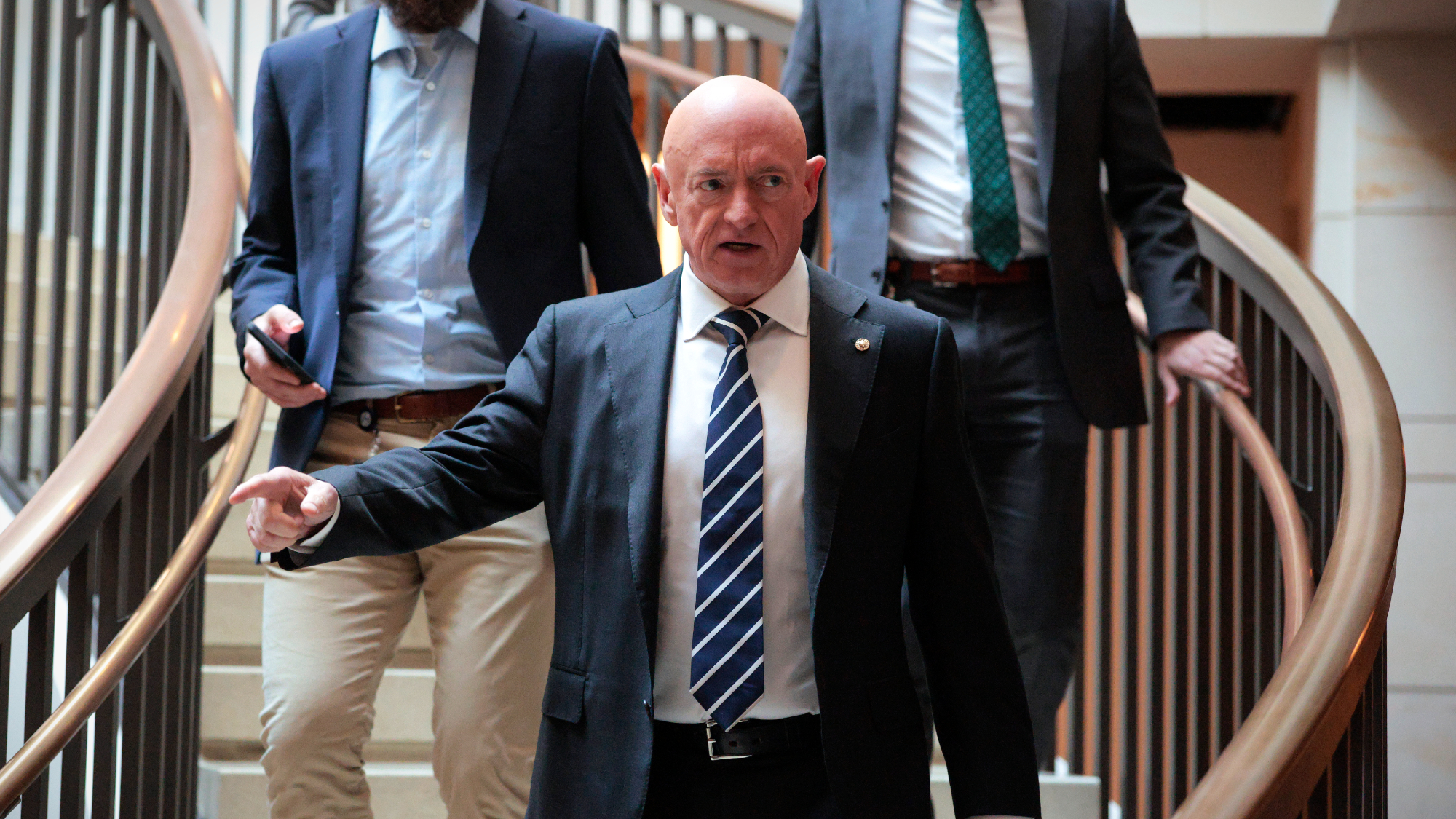 Hegseth moves to demote Sen. Kelly over video
Hegseth moves to demote Sen. Kelly over videospeed read Retired Navy fighter pilot Mark Kelly appeared in a video reminding military service members that they can ‘refuse illegal orders’
-
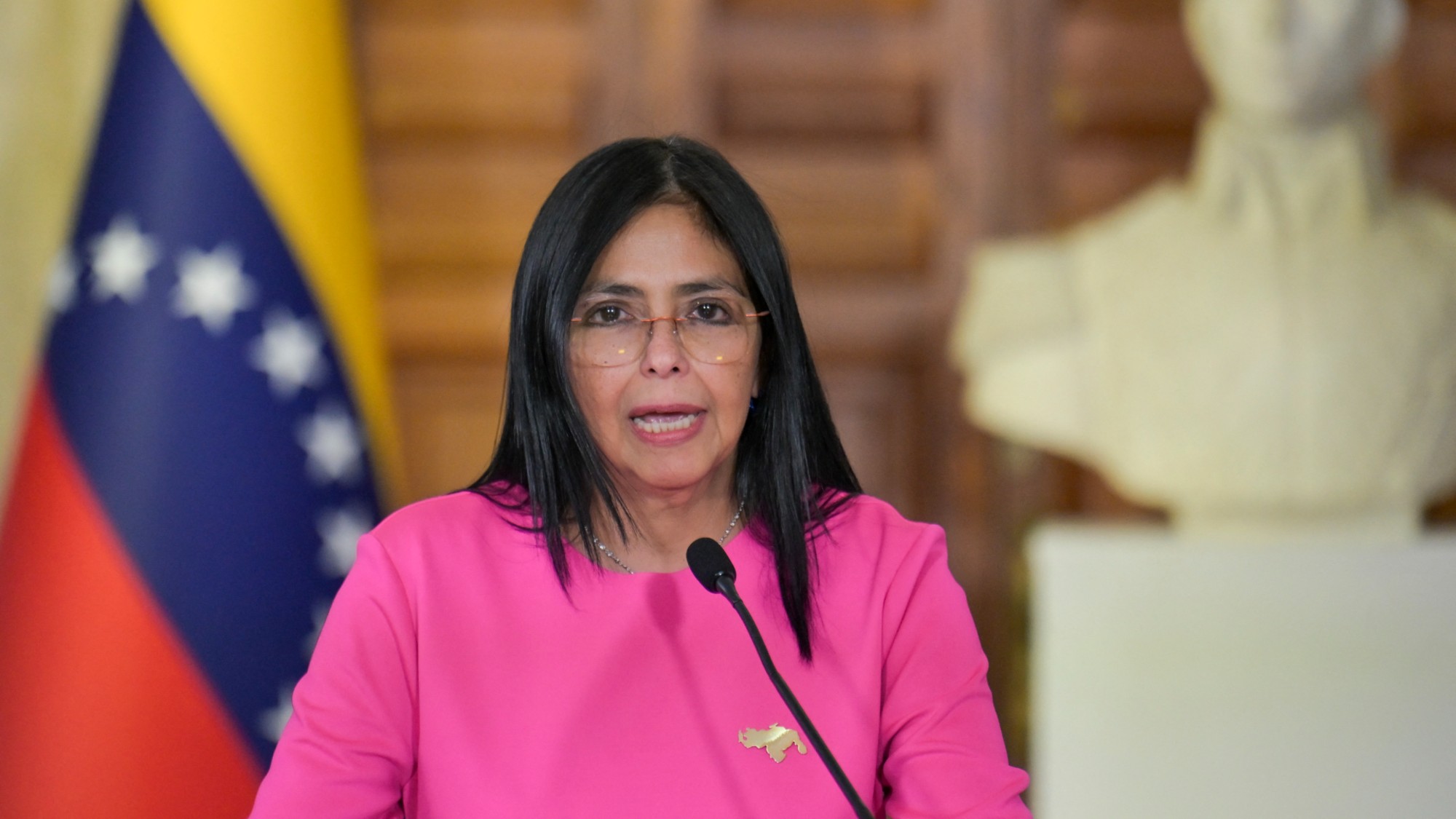 Delcy Rodríguez: Maduro’s second in command now running Venezuela
Delcy Rodríguez: Maduro’s second in command now running VenezuelaIn the Spotlight Rodríguez has held positions of power throughout the country
-
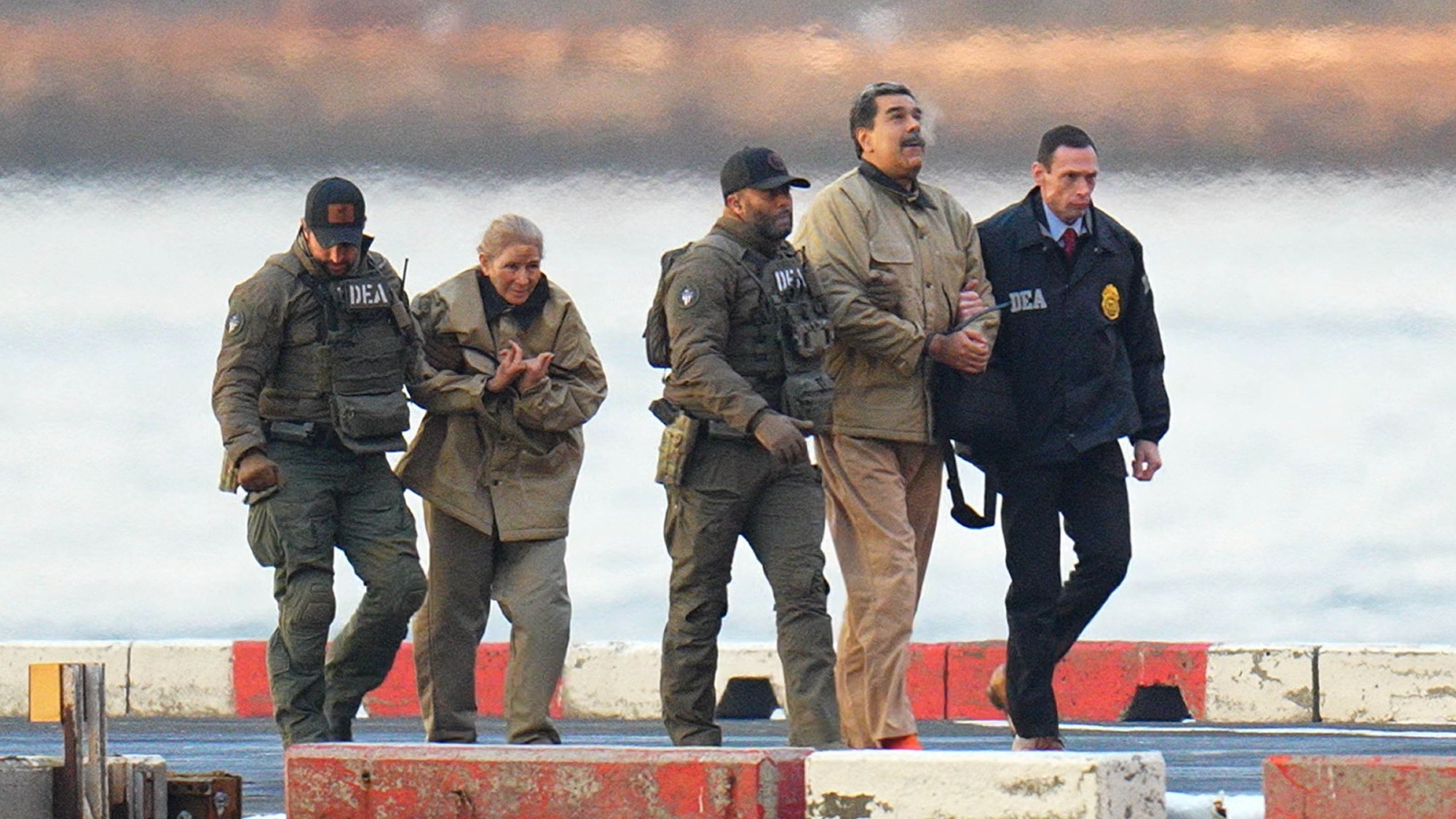 Maduro pleads not guilty in first US court hearing
Maduro pleads not guilty in first US court hearingSpeed Read Deposed Venezuelan leader Nicolás Maduro and his wife Cilia Flores pleaded not guilty to cocaine trafficking and narco-terrorism conspiracy
-
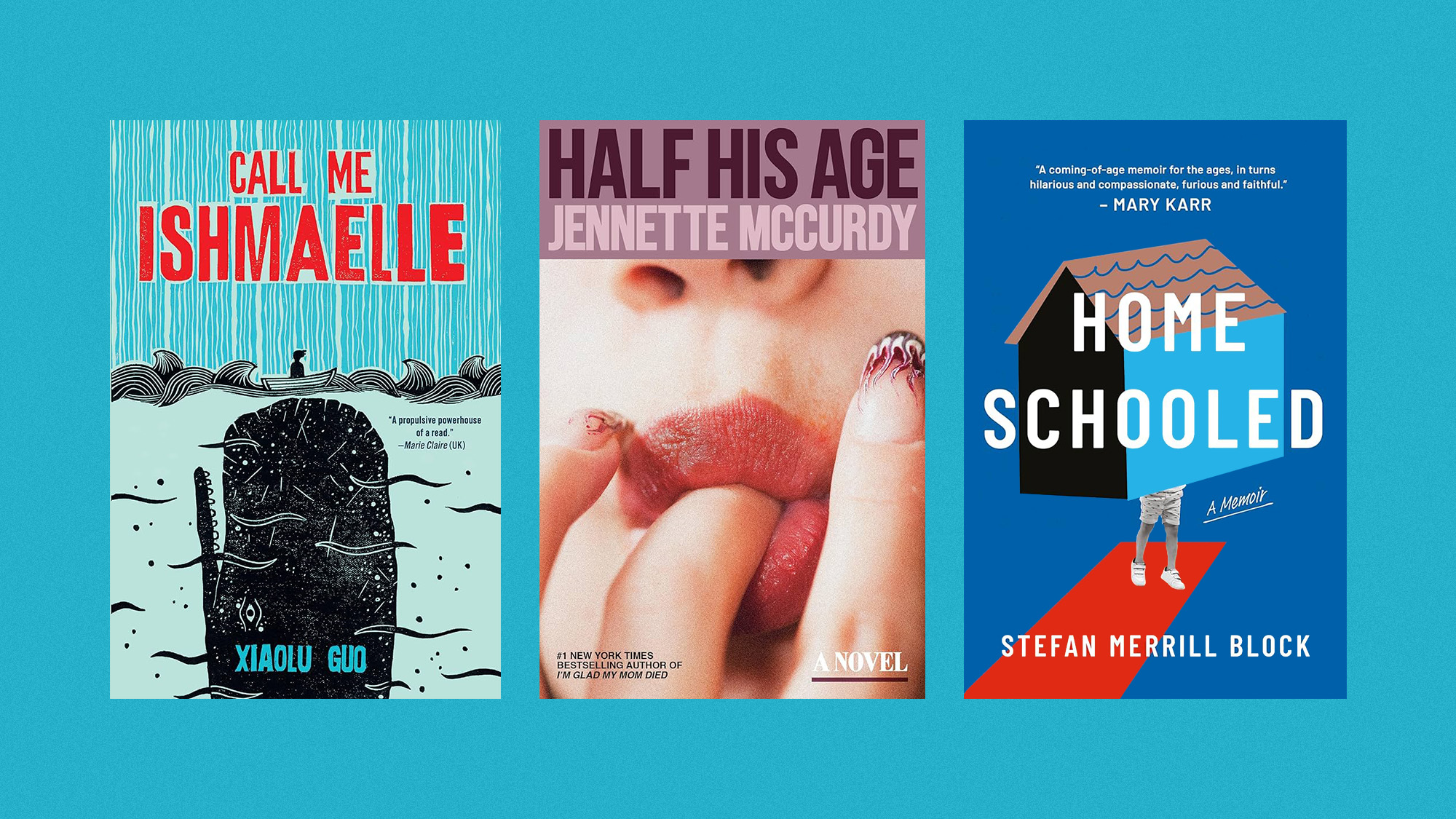 January’s books feature a revisioned classic, a homeschooler’s memoir and a provocative thriller dramedy
January’s books feature a revisioned classic, a homeschooler’s memoir and a provocative thriller dramedyThe Week Recommends This month’s new releases include ‘Call Me Ishmaelle’ by Xiaolu Guo, ‘Homeschooled: A Memoir’ by Stefan Merrill Block, ‘Anatomy of an Alibi’ by Ashley Elston and ‘Half His Age’ by Jennette McCurdy
-
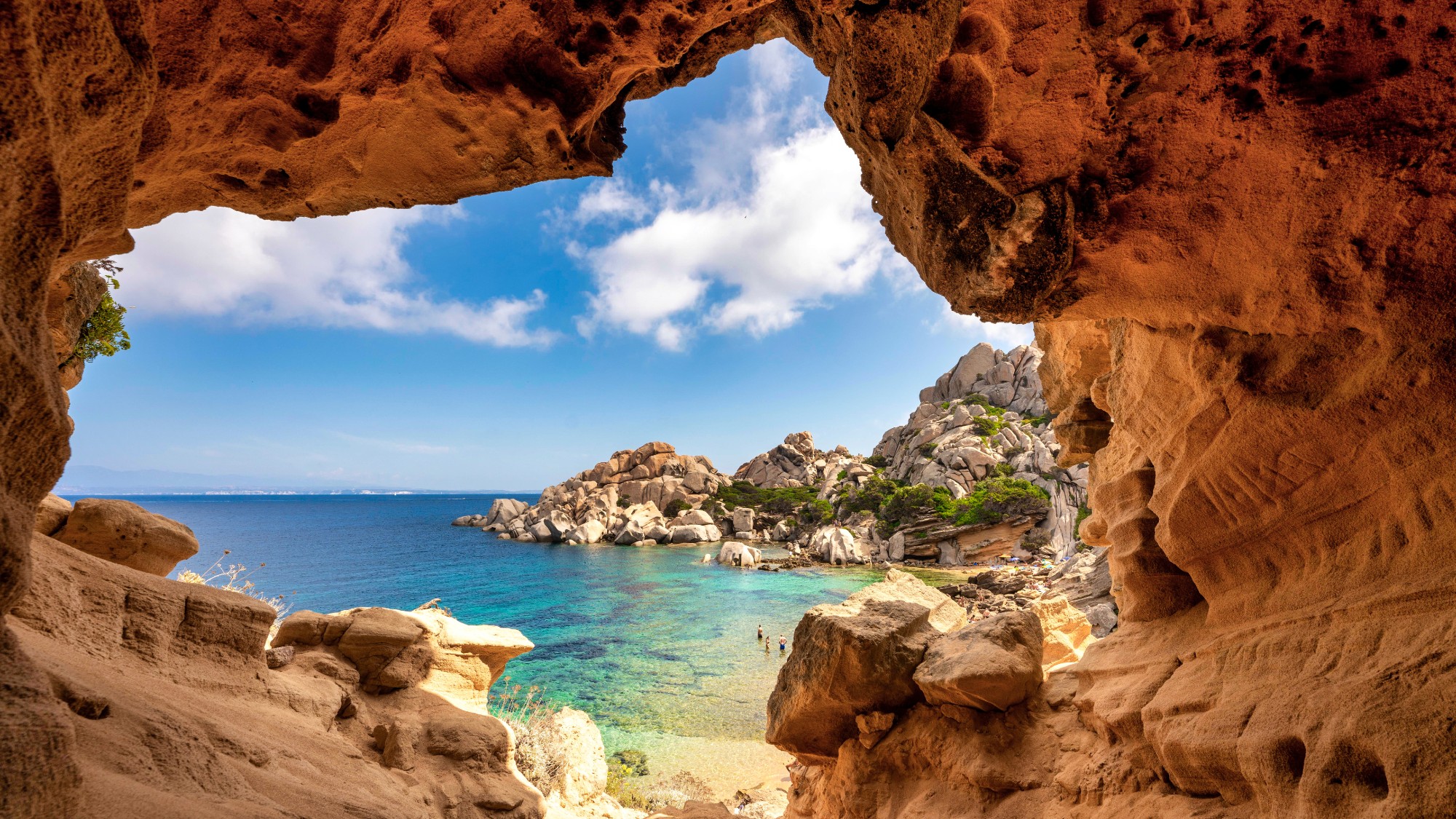 8 incredible destinations to visit in 2026
8 incredible destinations to visit in 2026The Week Recommends Now is the time to explore Botswana, Mongolia and Sardinia
-
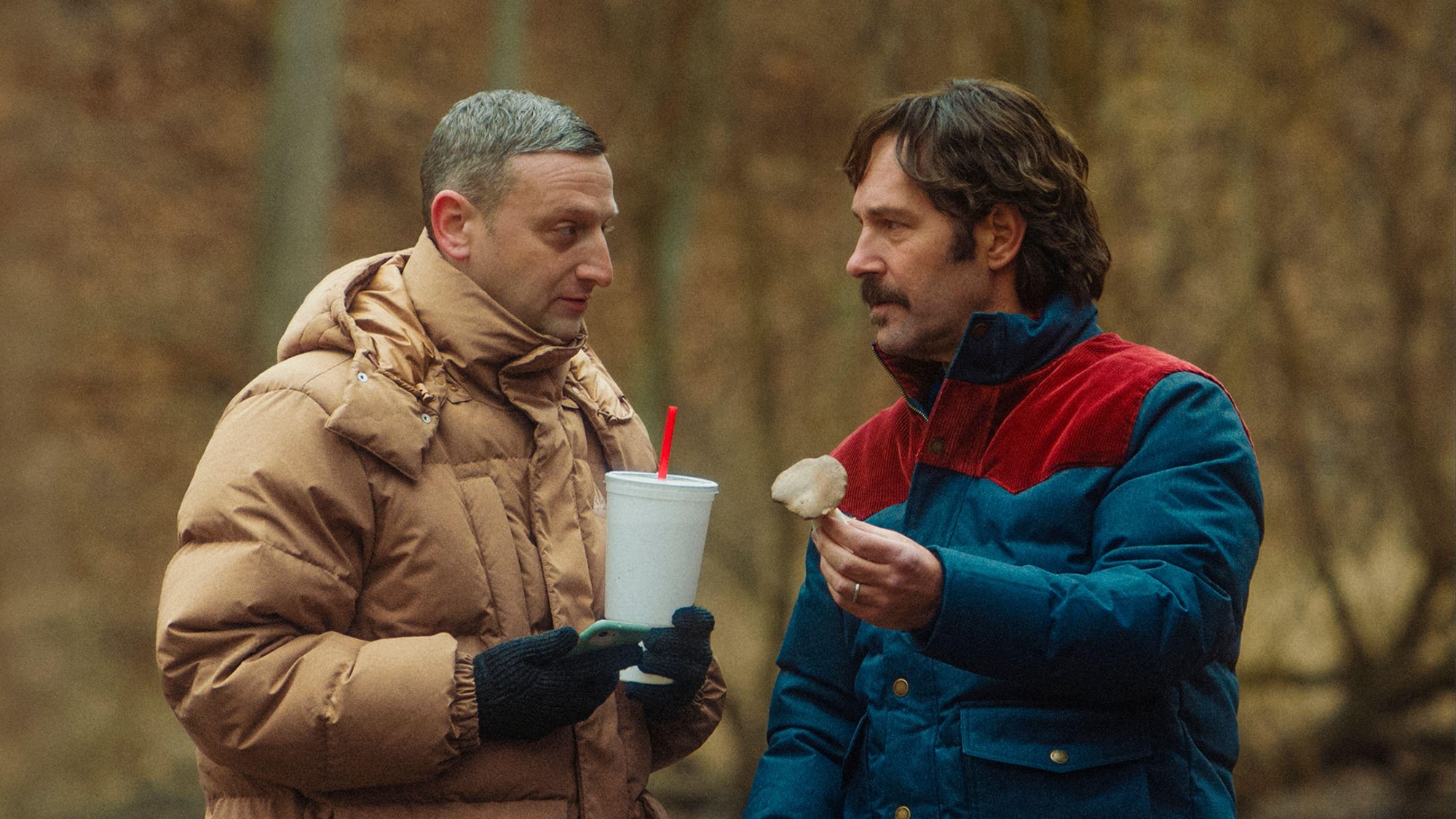 The 8 best comedy movies of 2025
The 8 best comedy movies of 2025the week recommends Filmmakers find laughs in both familiar set-ups and hopeless places
-
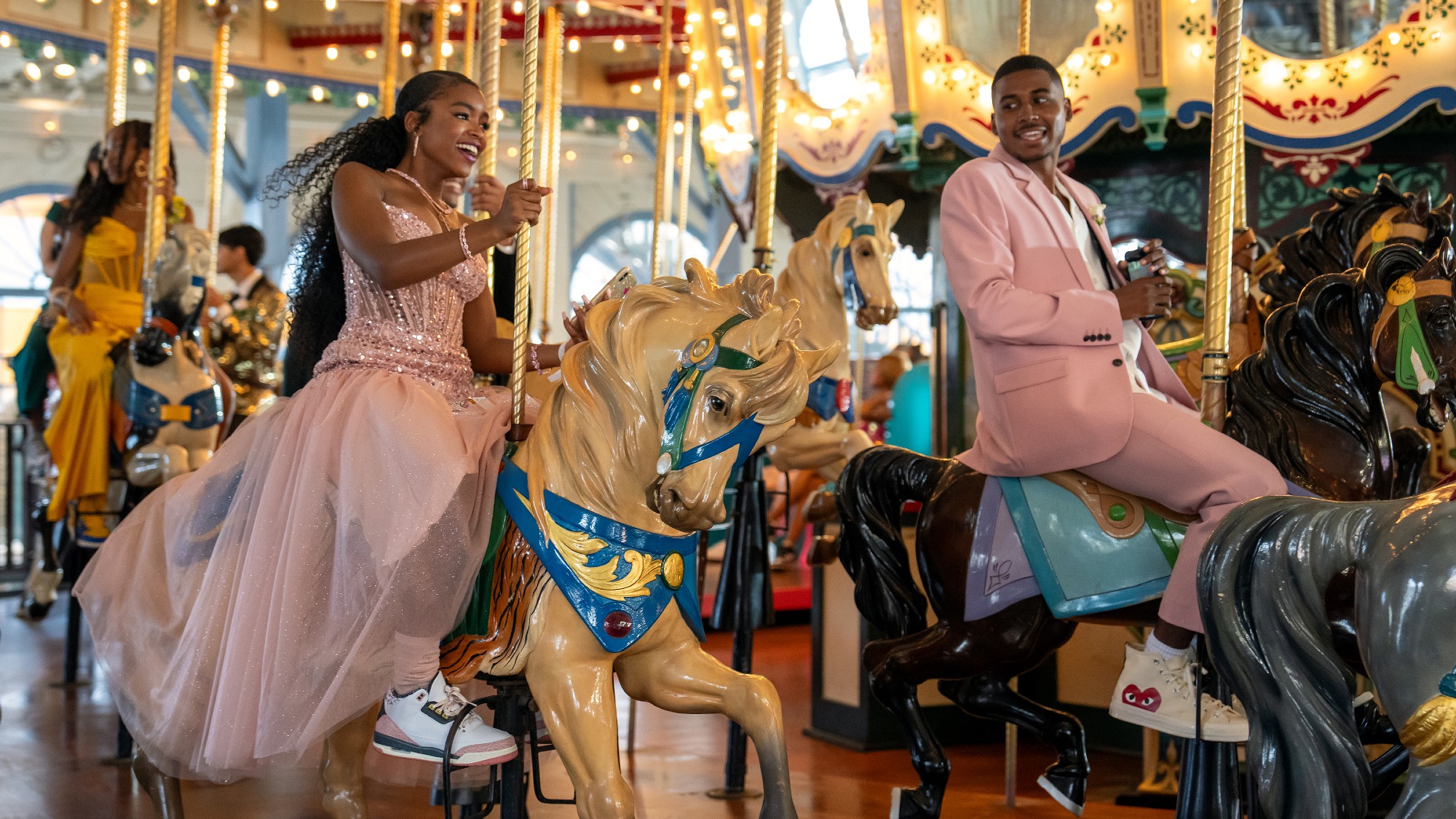 The best drama TV series of 2025
The best drama TV series of 2025the week recommends From the horrors of death to the hive-mind apocalypse, TV is far from out of great ideas
-
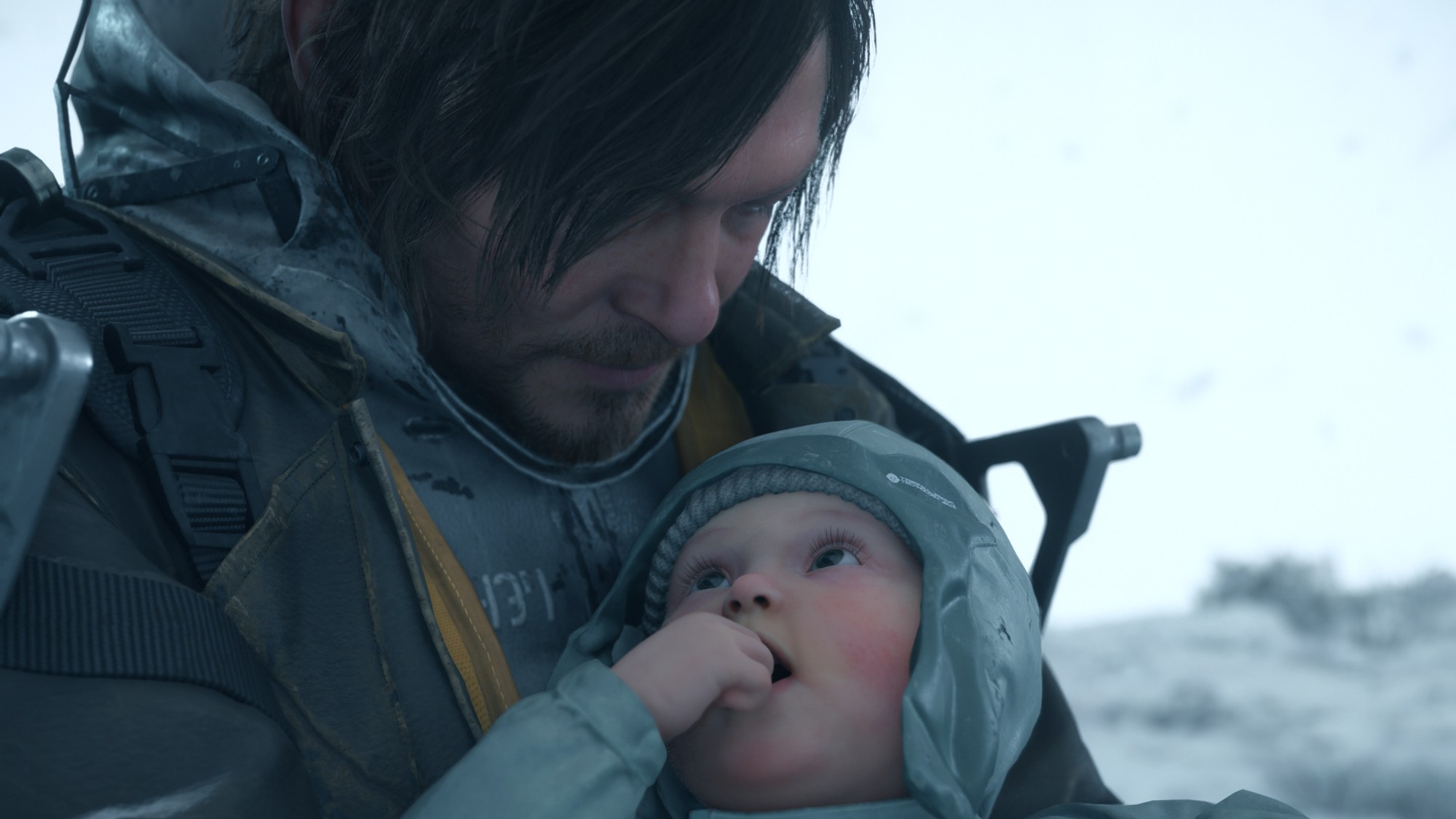 The most notable video games of 2025
The most notable video games of 2025The Week Recommends Download some of the year’s most highly acclaimed games
-
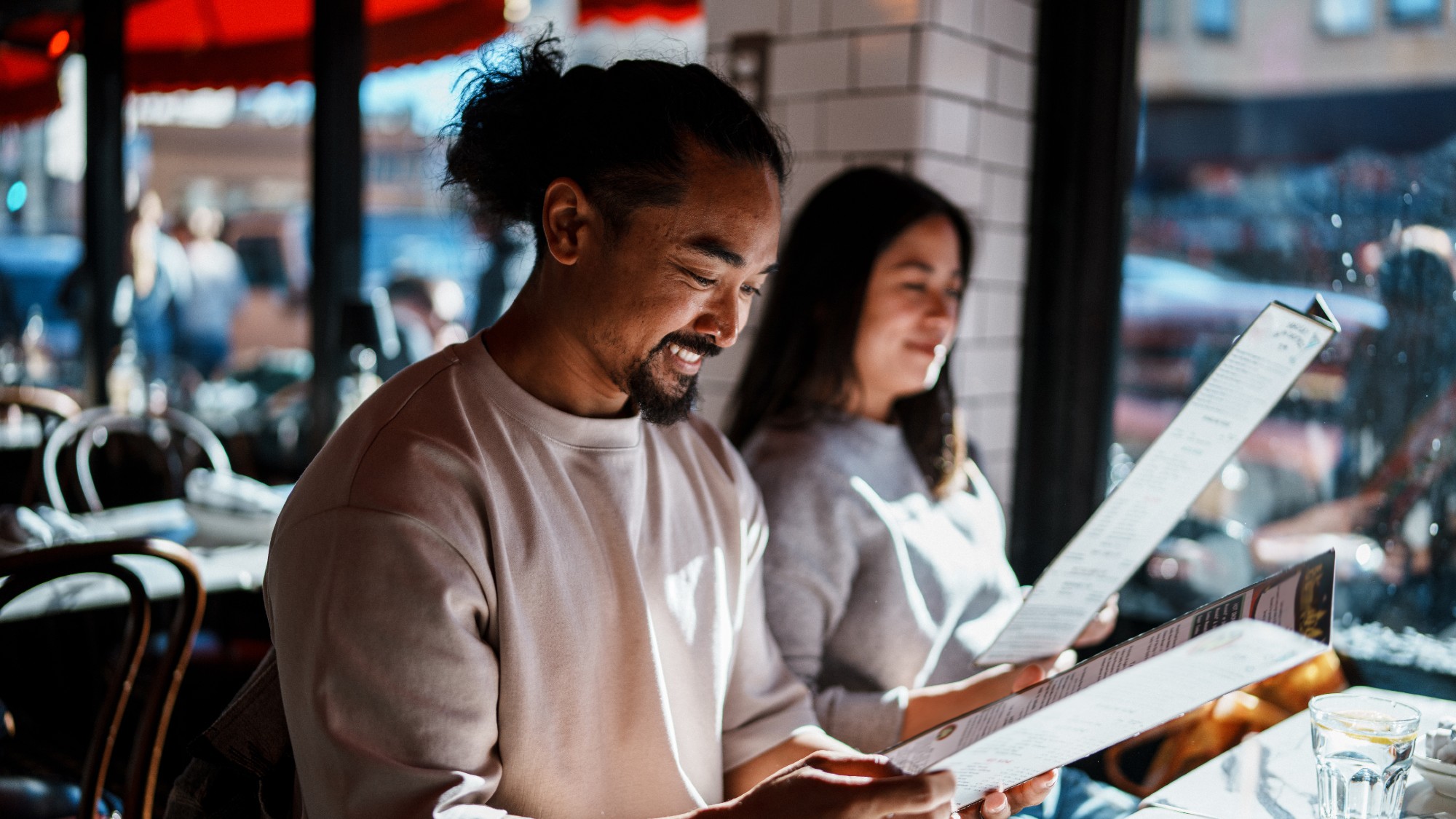 8 restaurants that are exactly what you need this winter
8 restaurants that are exactly what you need this winterThe Week Recommends Old standards and exciting newcomers alike
-
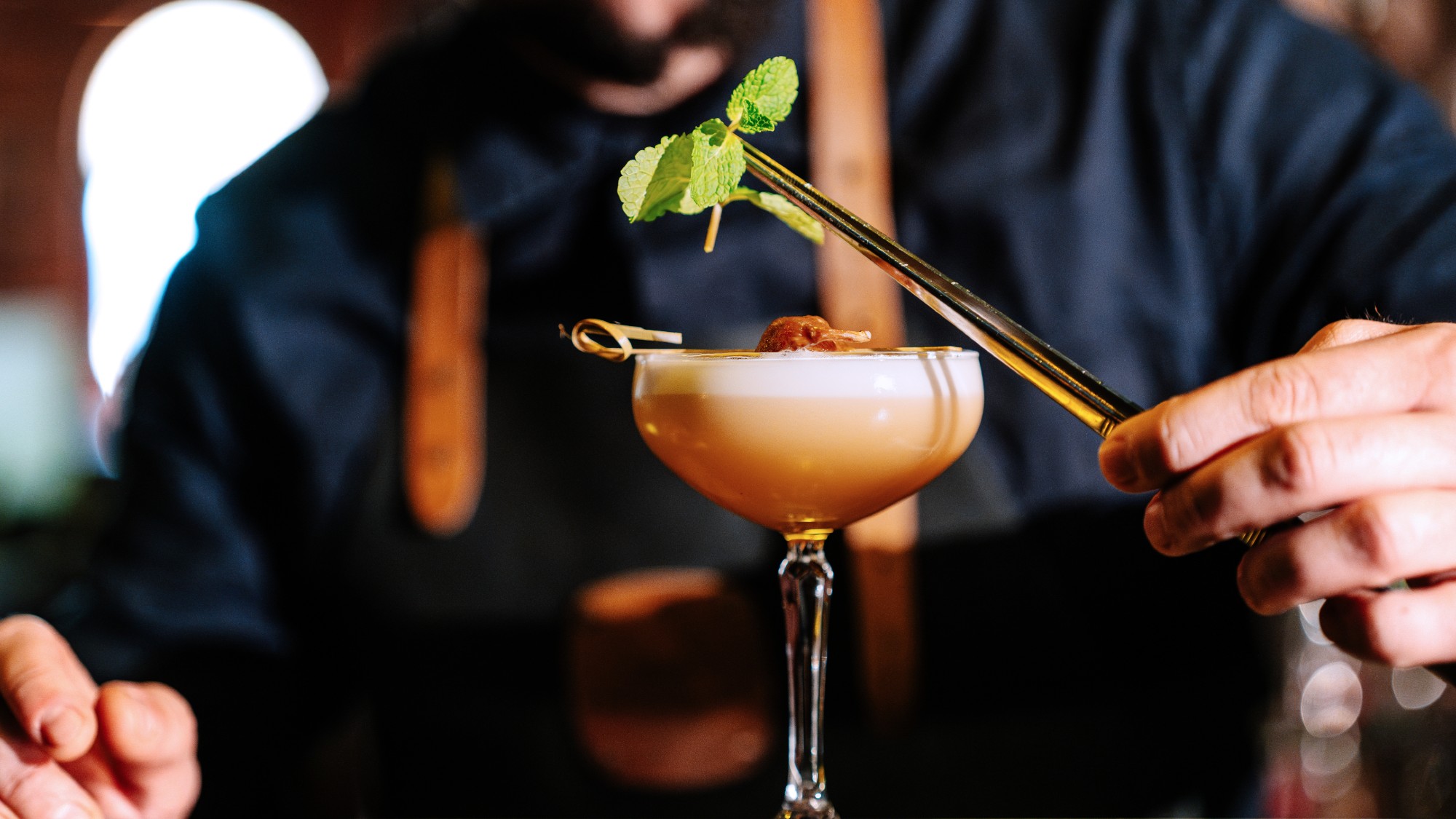 7 bars with comforting cocktails and great hospitality
7 bars with comforting cocktails and great hospitalitythe week recommends Winter is a fine time for going out and drinking up
-
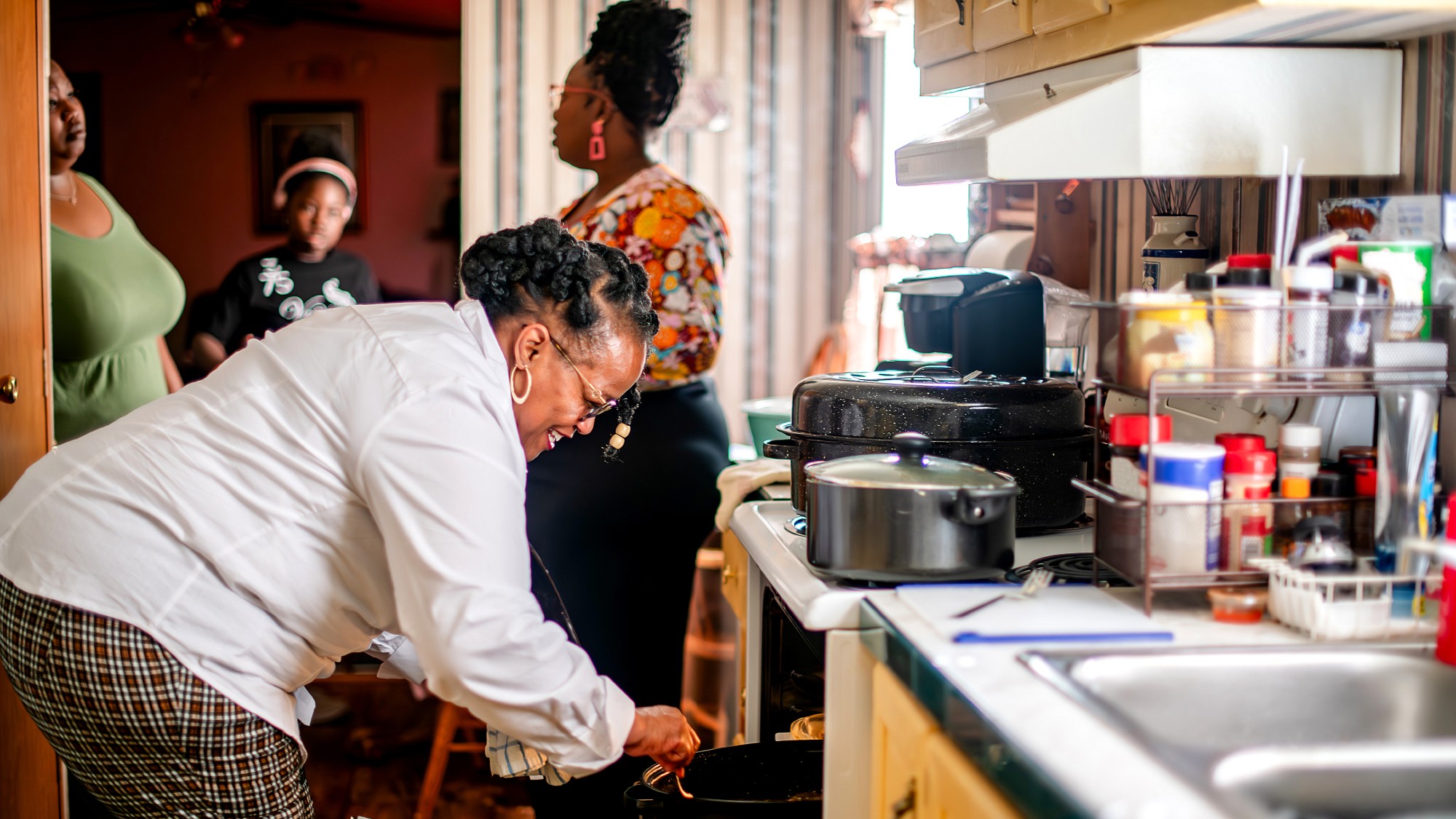 7 recipes that meet you wherever you are during winter
7 recipes that meet you wherever you are during winterthe week recommends Low-key January and decadent holiday eating are all accounted for
